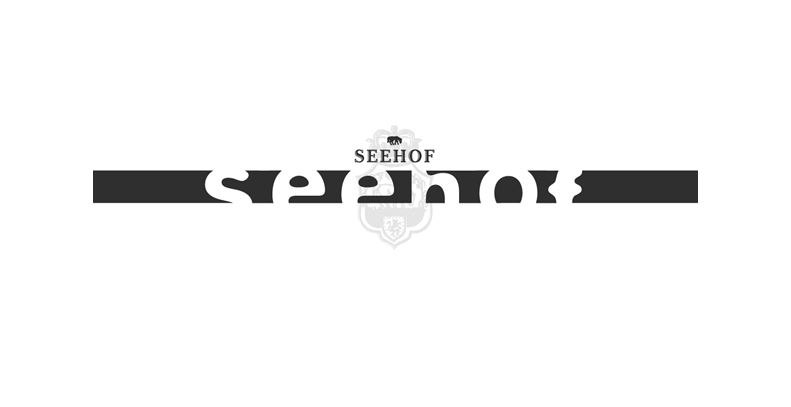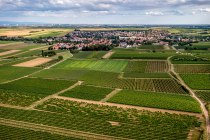Winery Seehof
Gault Millau: "Florian Fauth, who learned at top wineries in Pfalz, time, the company continues to advance. More classic varieties, more intensity and pressure in the wines, increasingly self-confident Rieslings. The facets are always shimmering! "Assortment: Gutswein - local wine (from limestone) - Lagenwein.
English speaking visitors are welcome.








